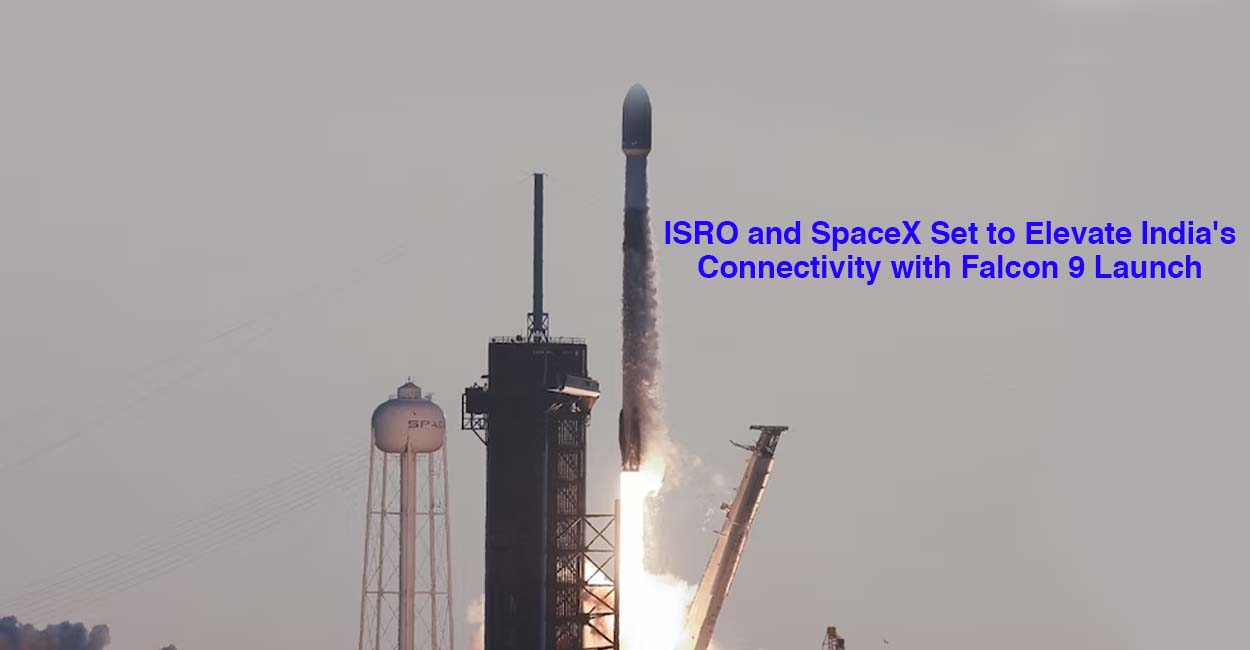
In a groundbreaking move, the Indian Space Research Organization (ISRO) is set to launch its 4.7-tonne communications satellite, GSAT-20, aboard SpaceX’s Falcon-9 rocket in the second quarter of this year. NewSpace India Limited (NSIL) unveiled this historic collaboration on Wednesday, marking a significant shift in India’s satellite launch strategy.
The GSAT-20, soon to be known as GSAT-N2, is designed to cater to the nation’s diverse communication needs, spanning broadband, in-flight and maritime communications (IFMC), and cellular backhaul services. Boasting a Ka-Ka band high throughput satellite (HTS) capacity with 32 beams, the satellite will provide pan-India coverage, including the Andaman and Nicobar Islands and Lakshadweep.
Notably, the majority of the HTS capacity on GSAT-20 has already been secured by Indian service providers, although the specific buyer remains undisclosed. This strategic move to utilize SpaceX’s Falcon-9, capable of placing 8,300 kg payloads into Geosynchronous Transfer Orbit (GTO), underscores ISRO’s adaptability in the rapidly evolving space industry.
The GSAT-20, with a weight of 4,700 kg, offers an impressive HTS capacity of nearly 48 Gbps and has been meticulously crafted to address the demanding service needs of remote and unconnected regions. The decision to leverage SpaceX’s launch services comes as ISRO continues to evolve, shifting from its reliance on Arianespace for launching heavier satellites.
NSIL, as a key player in India’s space sector reforms initiated in June 2020, is mandated to build, launch, own, and operate satellites in a “demand-driven mode” to meet user service needs. The successful completion of GSAT-24 in June 2022, fully funded by NSIL and with satellite capacity secured by TataPlay, exemplifies the effectiveness of this approach.
As ISRO embarks on this historic journey with SpaceX, it concurrently works on developing the Next Generation Launch Vehicle (NGLV), set to handle a payload of 10,000 kg in GTO. This ambitious move positions India as a formidable player in the global space arena and sets the stage for future advancements in satellite technology and space exploration.
In conclusion, the collaboration between ISRO, NSIL, and SpaceX represents a monumental stride for India’s space endeavors, unlocking new possibilities and reinforcing the nation’s commitment to technological innovation on the celestial frontier. The GSAT-20 mission is poised to leave an indelible mark on India’s space narrative, marking a new era of exploration and connectivity.


